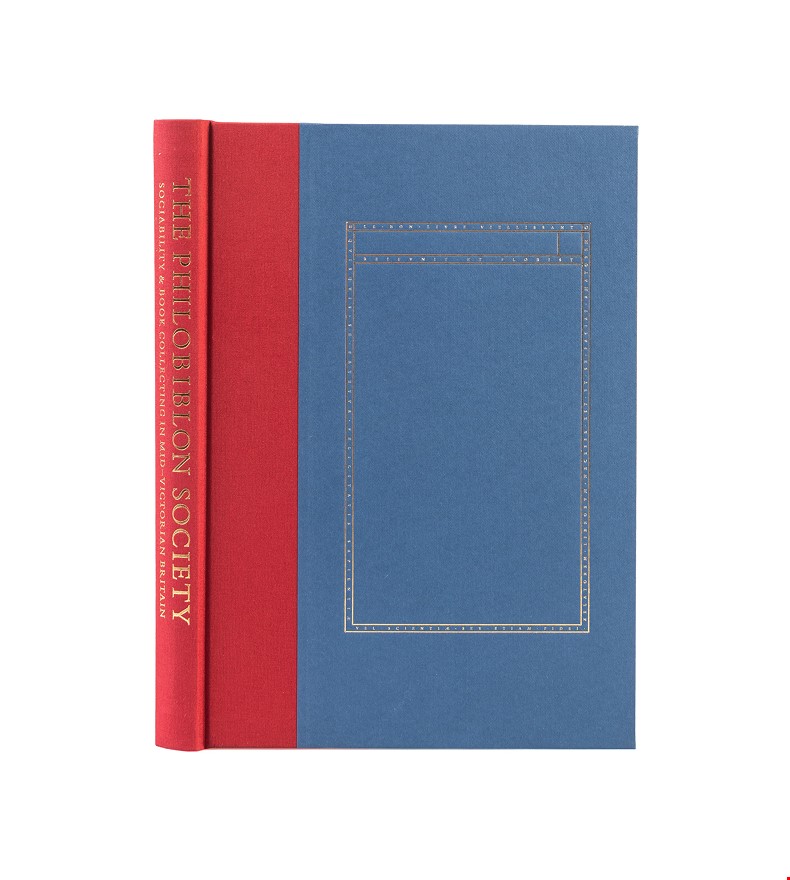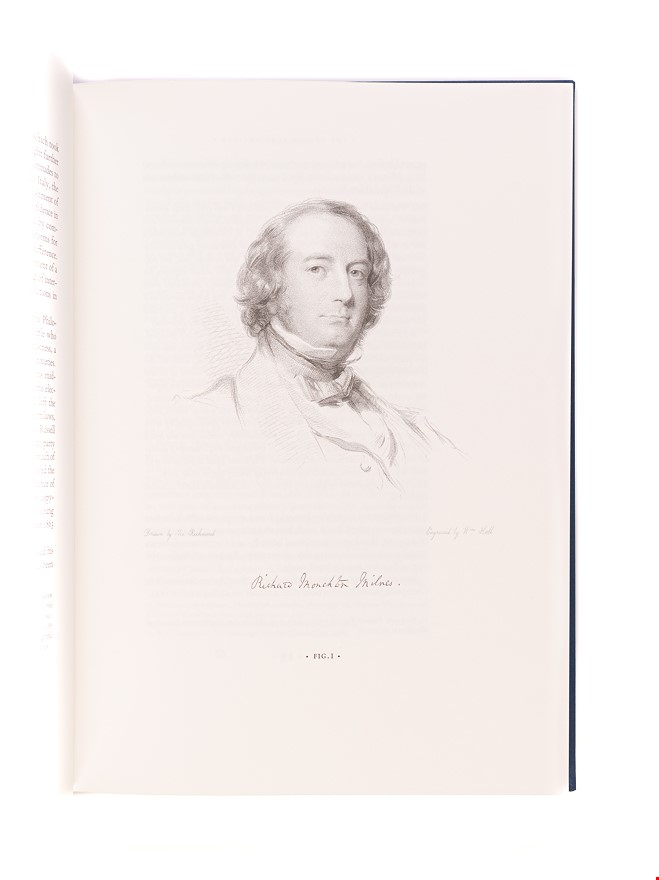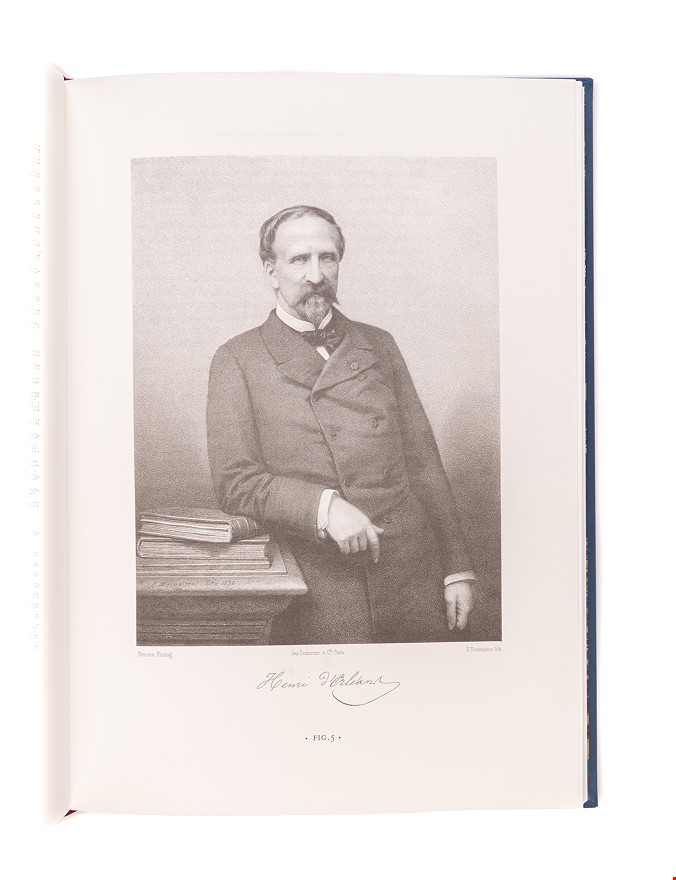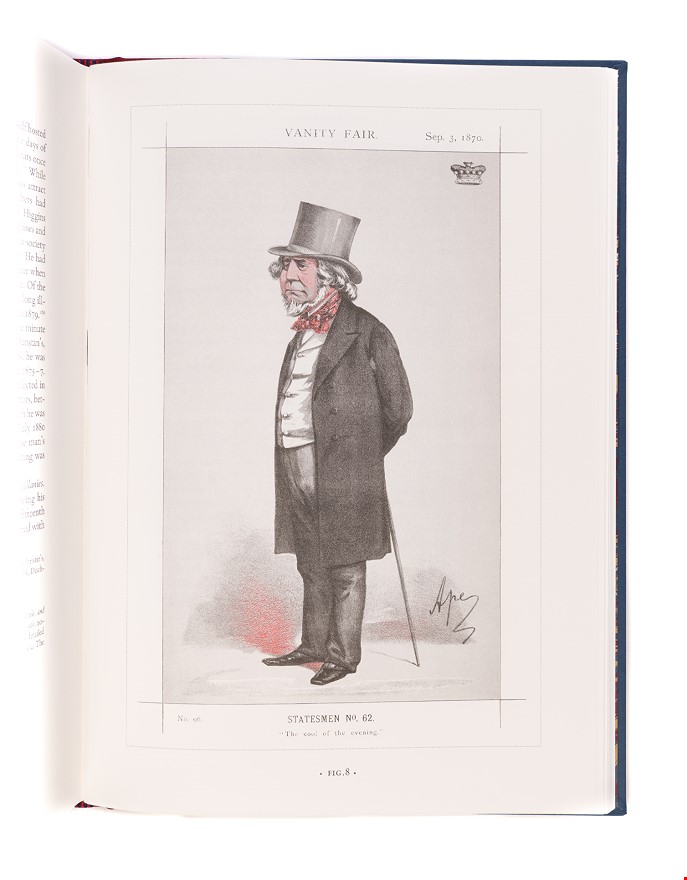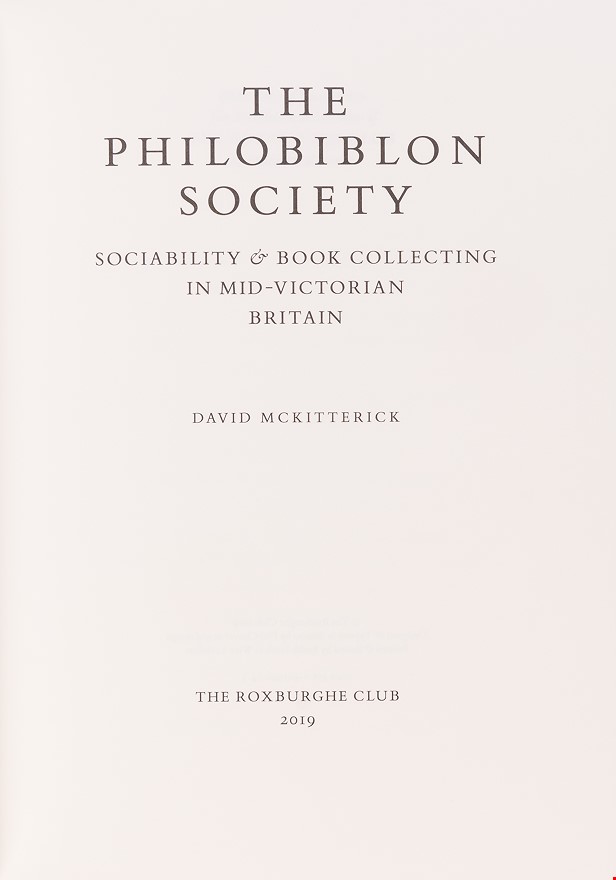The Philobiblon Society. Sociability and book collecting in mid-Victorian Britain. By David McKitterick.
McKITTERICK David (2020)
£75.00
Please contact us in advance if you would like to view this book at our Curzon Street shop.
158 pages, printed by Smith Settle in West Yorkshire in red and black on Mohawk superfine eggshell white and Oline regular natural white papers. The cloth binding is blocked with a design from the Society’s minute books quoting from Richard de Bury’s Philobiblon. 290 x 210 cms.
London: for The Roxburghe Club,
Presented by Dr David McKitterick, FSA, FBA, former Librarian, Trinity College, Cambridge, to fellow members of The Roxburghe Club. A small number of copies are available for sale from Maggs Bros.
In the mid nineteenth century a group of bibliophiles assembled every few weeks to share breakfast (or, later, luncheon) and to show each other their treasures. Several of them were members of the Roxburghe Club, but others were not. Some were from old families, others were businessmen or from the Church. Some had inherited libraries, others were gathering them. Not all of these people were immensely wealthy. The Philobiblon Society was founded in 1853 by two men. One was Richard Monckton Milnes (later Lord Houghton), MP and biographer of Keats. The other was Sylvain van de Weyer, Belgian politician and diplomat, who was deeply embedded in English society. They were quickly joined by the duc d’Aumale, who had been exiled from France in 1848, and was by 1853 living at Orleans House, in Twickenham. Aumale was a constantly generous host, not only providing outstanding meals but also showing quantities of the books he had recently acquired, including the Très riches heures of the duc de Berry: his library is now at Chantilly.
Other members included Beriah Botfield, whose exceptional library of early printed books later passed to the Marquess of Bath; the Earl of Ellesmere, who showed the Ellesmere Chaucer; and Robert Curzon, who had chronicled much of his own collecting in his pioneering and memorable book Travels to Monasteries in the Levant (1849).
Members not only showed older books. They also debated how far it was appropriate to collect modern authors. The manuscript of Tennyson’s 'In Memoriam' was shown by Sir John Simeon, and there was prolonged discussion about the newly discovered manuscript of Keats’s poem 'The Fall of Hyperion', which was eventually published, for the first time, in the society’s Miscellanies.
The Society consisted of just forty members, and it ended in 1883. Its lifetime coincided with fundamental changes in collecting tastes and in the study of manuscripts and early printing. Based on the Society’s previously little-used minutes, this is the first extended account of its activities and its significance. A detailed list of members is included.
Stock Code: 240732
